Antarctica, the coldest and most remote continent on Earth, is a region of stark beauty and harsh conditions. Despite its seemingly inhospitable environment, it is home to a diverse array of wildlife, including some of the largest mammals on the planet. These animals have evolved unique adaptations to survive in the extreme cold, utilizing the icy waters and seasonal abundance of food. In this article, we delve into the ten largest mammals in Antarctica, exploring their characteristics, behaviors, and the ecological roles they play in this frozen world.
10 Largest Mammals in Antarctica
1. Blue Whale (Balaenoptera musculus)
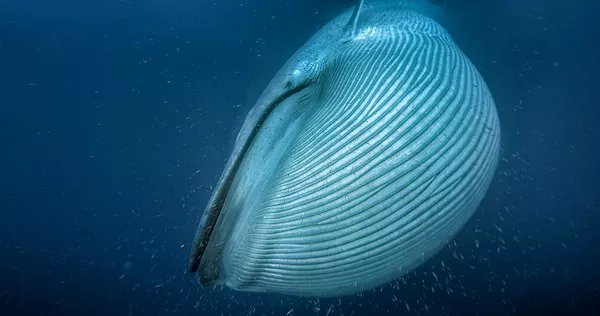
Size: Up to 100 feet in length and 200 tons in weight
The blue whale, the largest animal ever known to have lived on Earth, is a magnificent and awe-inspiring presence in the Antarctic waters. These marine giants can reach lengths of up to 100 feet and weigh as much as 200 tons. Blue whales primarily feed on krill, consuming up to four tons per day during the feeding season in the Southern Ocean. Despite their massive size, blue whales are gentle giants, and their populations are slowly recovering from the brink of extinction due to past whaling activities. They play a crucial role in the marine ecosystem by helping to regulate krill populations and contribute to the nutrient cycle through their waste.
See Also: Top 10 Largest Mammals in Europe
2. Fin Whale (Balaenoptera physalus)
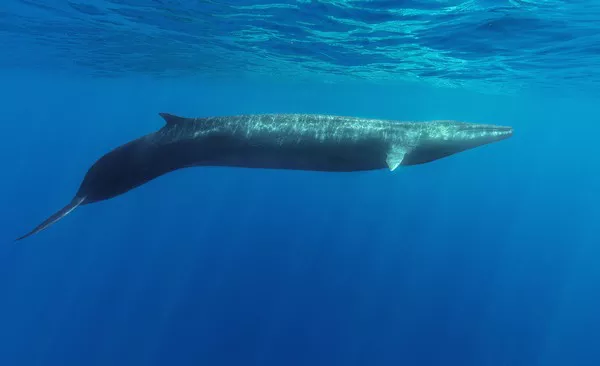
Size: Up to 88 feet in length and 80 tons in weight
Fin whales are the second-largest mammals on Earth and frequent the Southern Ocean surrounding Antarctica. These sleek and fast whales can reach speeds of up to 23 miles per hour. Like blue whales, they primarily feed on krill and small fish, using their baleen plates to filter their prey from the water. Fin whales are known for their distinct asymmetrical coloration, with a white patch on the right side of their jaw. They are vital to the Antarctic ecosystem, serving as both predators and prey, and their migratory patterns help distribute nutrients across vast oceanic distances.
3. Southern Elephant Seal (Mirounga leonina)
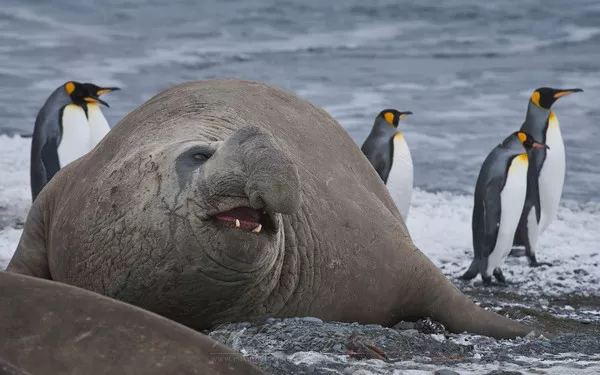
Size: Males can grow up to 20 feet in length and weigh up to 8,800 pounds; females are smaller
Southern elephant seals are the largest pinnipeds and can be found on the sub-Antarctic islands and the Antarctic Peninsula. The males, significantly larger than the females, are known for their enormous size and the distinctive trunk-like proboscis, which they use to produce loud roaring sounds during the breeding season. These seals dive deep into the ocean to hunt for fish and squid, often reaching depths of over 2,000 meters. Southern elephant seals are crucial for maintaining the balance in the marine food web and play a key role in the nutrient cycle within their ecosystem.
4. Sperm Whale (Physeter macrocephalus)
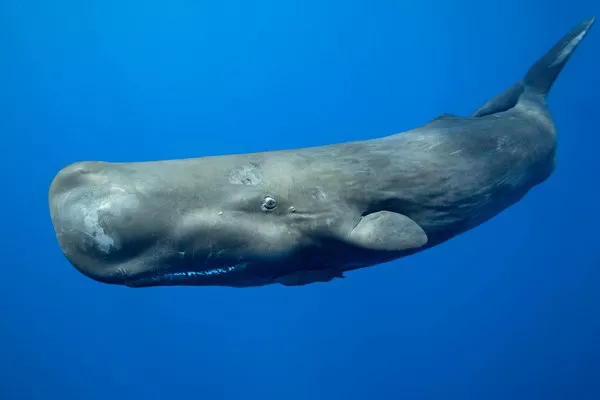
Size: Up to 67 feet in length and 63 tons in weight
Sperm whales, known for their large heads and prominent foreheads, are deep-diving giants that inhabit the Southern Ocean. These whales can dive to depths of over 3,000 meters and hold their breath for up to 90 minutes while hunting for giant squid and other deep-sea creatures. The sperm whale’s head houses the spermaceti organ, which is thought to aid in buoyancy control and echolocation. Sperm whales play an essential role in the deep-sea ecosystem, and their long migrations help distribute marine nutrients.
5. Killer Whale (Orcinus orca)
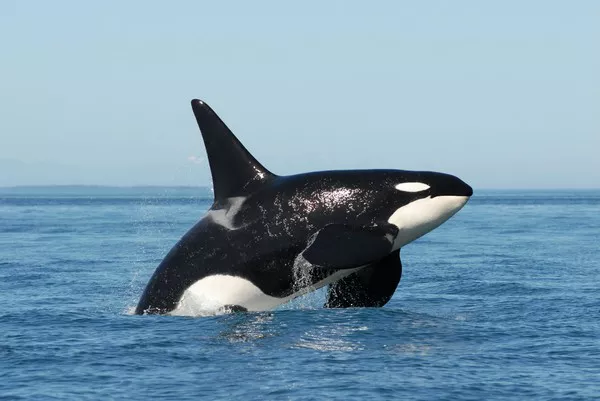
Size: Up to 32 feet in length and 11 tons in weight
Killer whales, or orcas, are apex predators in the Antarctic marine ecosystem. These highly social and intelligent mammals live in complex social structures known as pods, which can consist of up to 40 individuals. Orcas in Antarctica are known to specialize in different hunting techniques and prey, including seals, penguins, and even other whales. Their sophisticated hunting strategies and social behaviors are a testament to their adaptability and intelligence. Killer whales are critical to the balance of the marine ecosystem, controlling the populations of their prey and competing predators.
6. Leopard Seal (Hydrurga leptonyx)
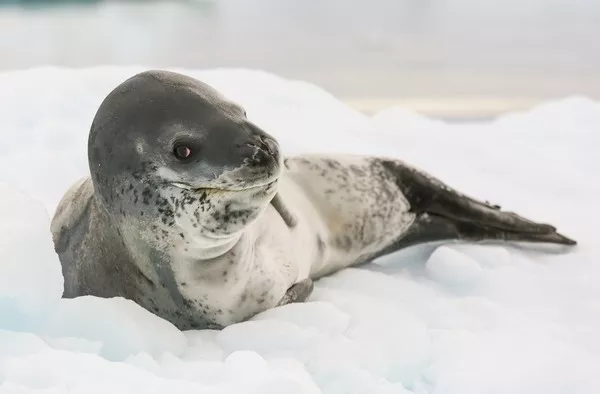
Size: Up to 11.5 feet in length and 1,300 pounds in weight
Leopard seals are formidable predators in the Antarctic waters, named for their spotted coats and fearsome predatory behavior. These seals have large, powerful jaws and can hunt a variety of prey, including fish, krill, penguins, and other seals. Leopard seals are known for their solitary nature and are often seen patrolling the ice edges and open water in search of food. They play a significant role in the Antarctic food web, helping to control the populations of their prey and maintain ecological balance.
7. Crabeater Seal (Lobodon carcinophaga)
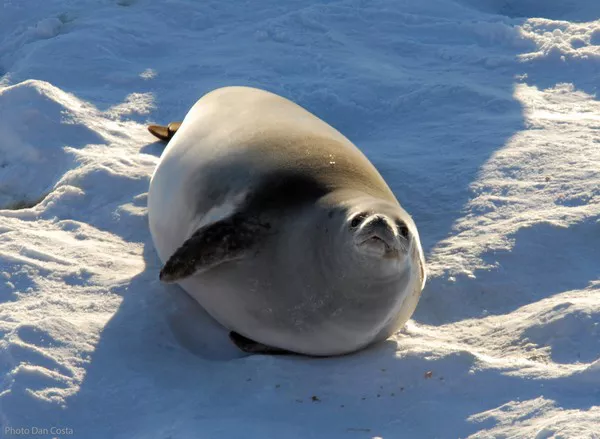
Size: Up to 8 feet in length and 500 pounds in weight
Despite their name, crabeater seals do not eat crabs; instead, they primarily feed on Antarctic krill. These seals have spec
ialized teeth that form a sieve-like structure, allowing them to filter krill from the water efficiently. Crabeater seals are among the most numerous seal species in the world, with an estimated population of 15 million individuals. They inhabit the pack ice zone around Antarctica and are crucial in maintaining the krill population and overall health of the marine ecosystem.
8. Humpback Whale (Megaptera novaeangliae)
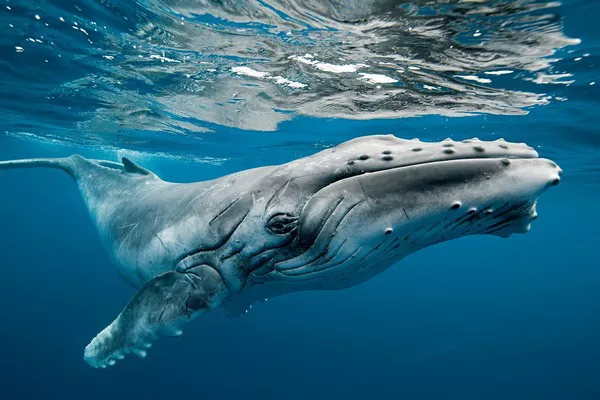
Size: Up to 60 feet in length and 40 tons in weight
Humpback whales are known for their acrobatic breaches and complex songs, which are believed to play a role in communication and mating. These whales migrate to the nutrient-rich waters of the Southern Ocean during the summer months to feed on krill and small fish. Humpbacks use bubble net feeding, a cooperative hunting technique where they create bubbles to corral and capture their prey. Their long migrations and feeding behaviors help to transport nutrients across vast ocean distances, supporting marine productivity.
9. Weddell Seal (Leptonychotes weddellii)
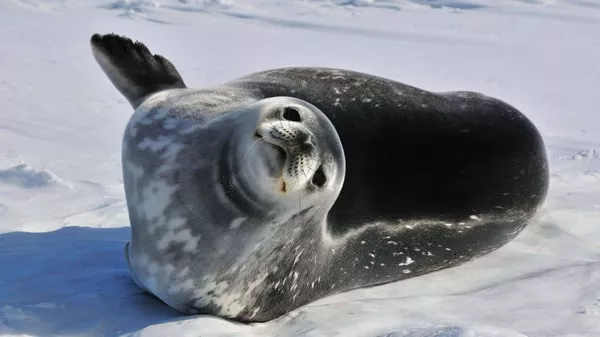
Size: Up to 10 feet in length and 1,100 pounds in weight
Weddell seals are well-adapted to life in the Antarctic, where they live on and around the ice. They are known for their ability to dive to depths of 600 meters and remain underwater for up to 80 minutes. Weddell seals maintain breathing holes in the ice using their teeth, which often become worn down over time. These seals primarily feed on fish and squid and are an important part of the Antarctic food web. Their unique adaptations to the icy environment make them a key species in the region.
10. Antarctic Minke Whale (Balaenoptera bonaerensis)
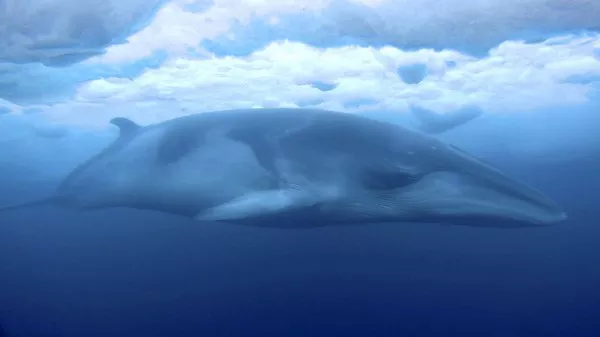
Size: Up to 35 feet in length and 10 tons in weight
Antarctic minke whales are the smallest of the baleen whales found in the Southern Ocean. These agile and fast swimmers are often seen in the pack ice zone, where they feed on krill and small fish. Minke whales are known for their inquisitive nature and are frequently observed approaching ships. Despite being hunted in the past, their populations are relatively stable. Minke whales play a crucial role in the Antarctic ecosystem, contributing to the control of krill populations and supporting marine biodiversity.
See Also: Africa’s 10 Largest Mammals (Plus Pictures!)
Conclusion
The largest mammals in Antarctica are not only fascinating for their size and adaptations but also for their vital roles in the ecosystem. These giants of the Southern Ocean help maintain the delicate balance of marine life, from controlling prey populations to distributing nutrients across vast distances. However, they face significant threats from climate change, pollution, and human activities such as fishing and shipping.
Protecting these magnificent creatures requires concerted global efforts to mitigate climate change, establish marine protected areas, and enforce regulations that minimize human impact on the Antarctic environment. By understanding and appreciating the importance of these mammals, we can advocate for their conservation and ensure that the pristine and unique ecosystem of Antarctica remains healthy for future generations. The survival of these species is not just about preserving biodiversity; it is about maintaining the health and balance of the entire Antarctic marine ecosystem, which has far-reaching implications for our planet’s oceans and climate.
You Might Be Interested In:


























